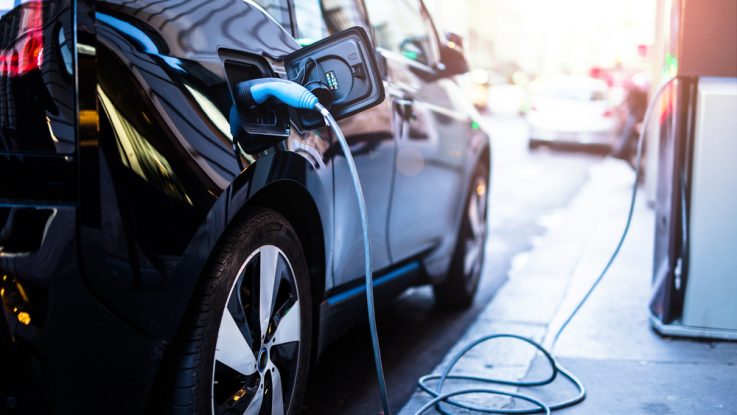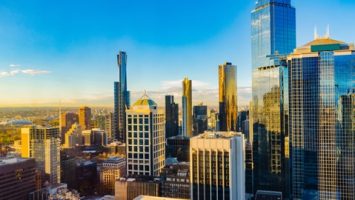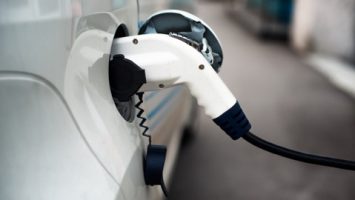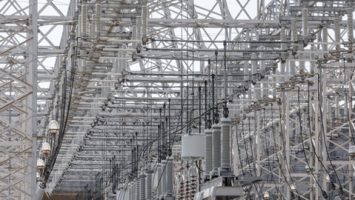
Lawrence Livermore National Laboratory (LLNL) – a federal research facility in Livermore, California – recently launched a new program focused on sharing its solutions with local communities to help them develop a sustainable, resilient and affordable energy infrastructure. LLNL will share its expertise in advanced clean energy technologies such as microgrids, energy-efficient smart buildings, and electric vehicles with city governments, community groups, and non-profits to identify community energy needs and bring research and technologies to areas that need it most.
“Several California agencies are looking to support these types of collaborations, and it’s a real opportunity to deploy our technologies in ways that are tailored to specific community needs,” LLNL systems analyst Robin Wong said. “It’s a co-development strategy. The technology is mature enough that we can work with communities to understand how it can be used to solve specific issues. At the same time, lab experts get to see these technologies operate in real-world scenarios to better understand how these tools can be used to solve local energy challenges.”
LLNL researchers will invite city and community leaders to visit the lab for demonstrations of several smart buildings that are using building control software which collects information to find energy performance bottlenecks in HVAC systems, lighting, and other systems. Using this type of optimization software can reduce energy consumption by at least 20 to 30 percent.
“We’ve already deployed this technology in several buildings at the lab, resulting in tremendous benefits,” LLNL associate program leader in energy infrastructure Liang Min said. “We think this technology is ready for deployment, and it’s easy to install. It represents a very low investment of time and money, and it produces benefits immediately.”
LLNL also plans to offer its expertise in microgrid technology that could provide apartment complexes, hospitals, neighborhoods, and schools with a source of energy that can be made instantly available if the main grid goes down. Using an on-site test bed simulation, the lab can show city and community leaders how deployment of distributed energy resources (DERs) – such as solar and energy storage – could impact their community’s grid.
“With the extreme scenarios we experience in California, such as wildfires, communities really need a resilient and sustainable energy supply,” Min said. “We believe microgrids are the solution.”
The third piece area of study is using modeling and simulation to show property owners, city planners, and others how to design an efficient infrastructure for charging electric cars and determining the logistics of community electric car-share programs.


